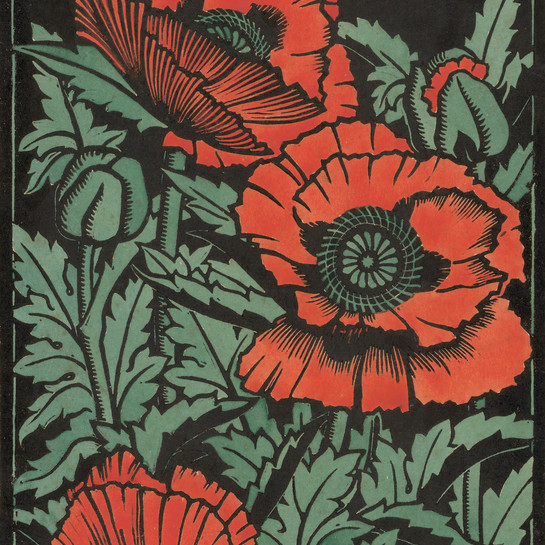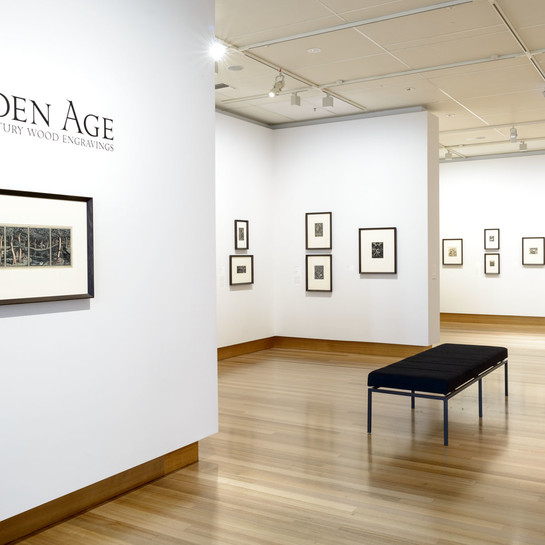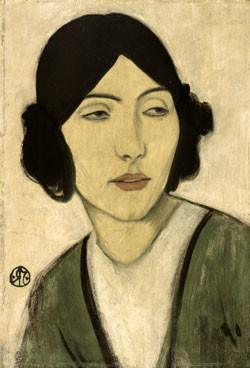Leo Bensemann
Aotearoa New Zealand, b.1912, d.1986
Night
- c. 1940-1945
- Wood engraving
- Purchased 2004
- 221 x 145mm
- 2007/028
Tags: flowers (plants), hair, monochrome, mountains, people (agents), stars (motifs), women (female humans)
Exhibition History
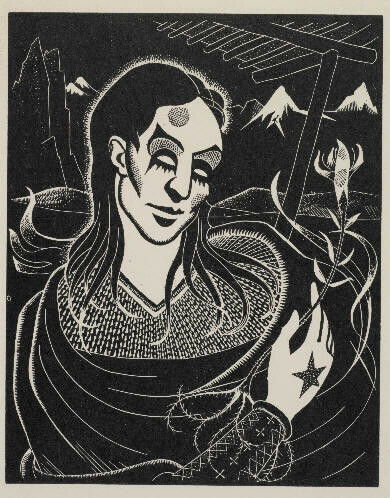
Related reading: The Golden Age
Notes
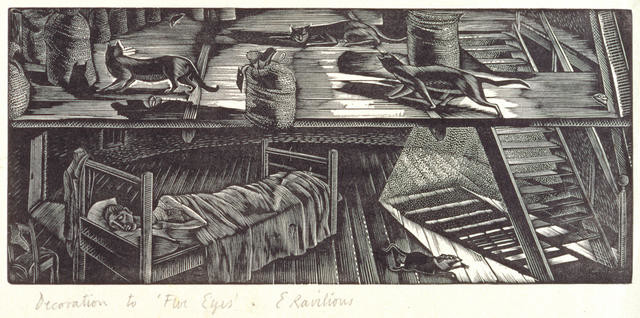
Five eyes by Eric Ravilious
This article first appeared as 'Artist captured poetry in wood carving' in The Press on 11 November 2014.
Notes
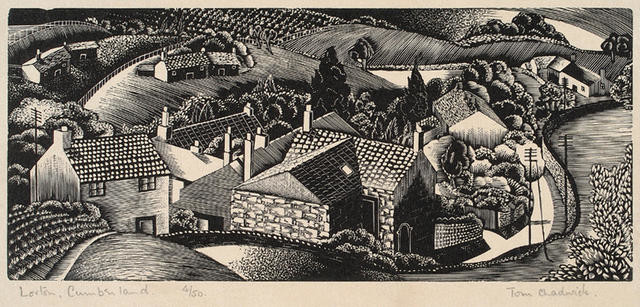
Lorton, Cumberland by Tom Chadwick
This article first appeared as 'Wood engraving artist finally won recognition' in The Press on 27 June 2014.
Notes
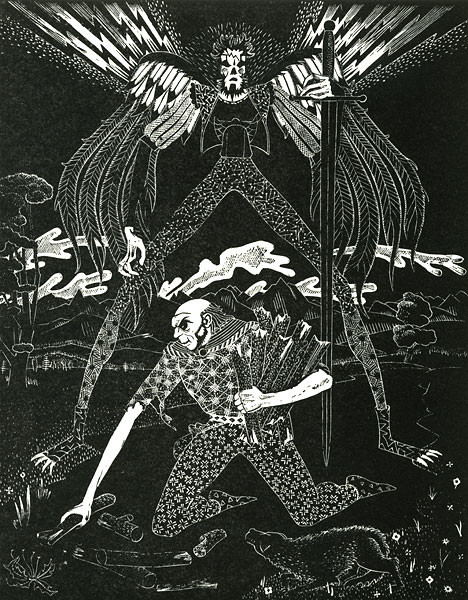
Death and the woodcutter by Leo Bensemann
This article first appeared as 'Death mastered' in The Press on 28 March 2013.
Notes
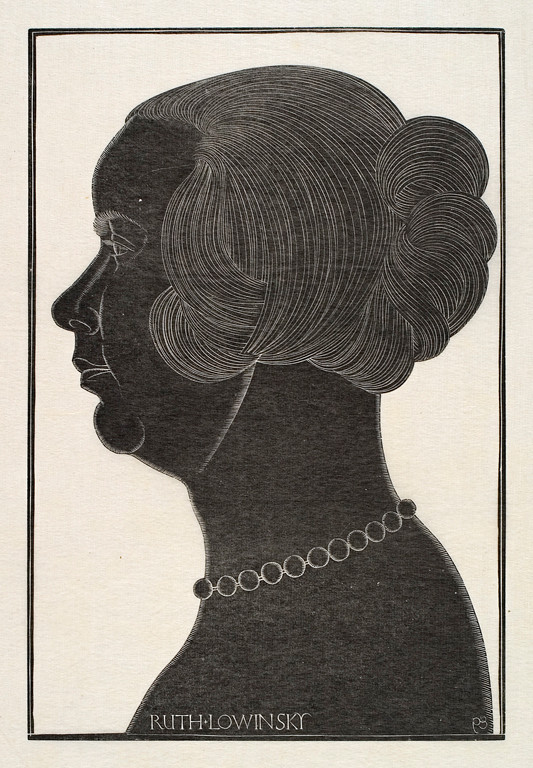
Ruth Lowinsky by Eric Gill
This article first appeared as 'An oblique profile' in The Press on 12 July 2013.
Notes
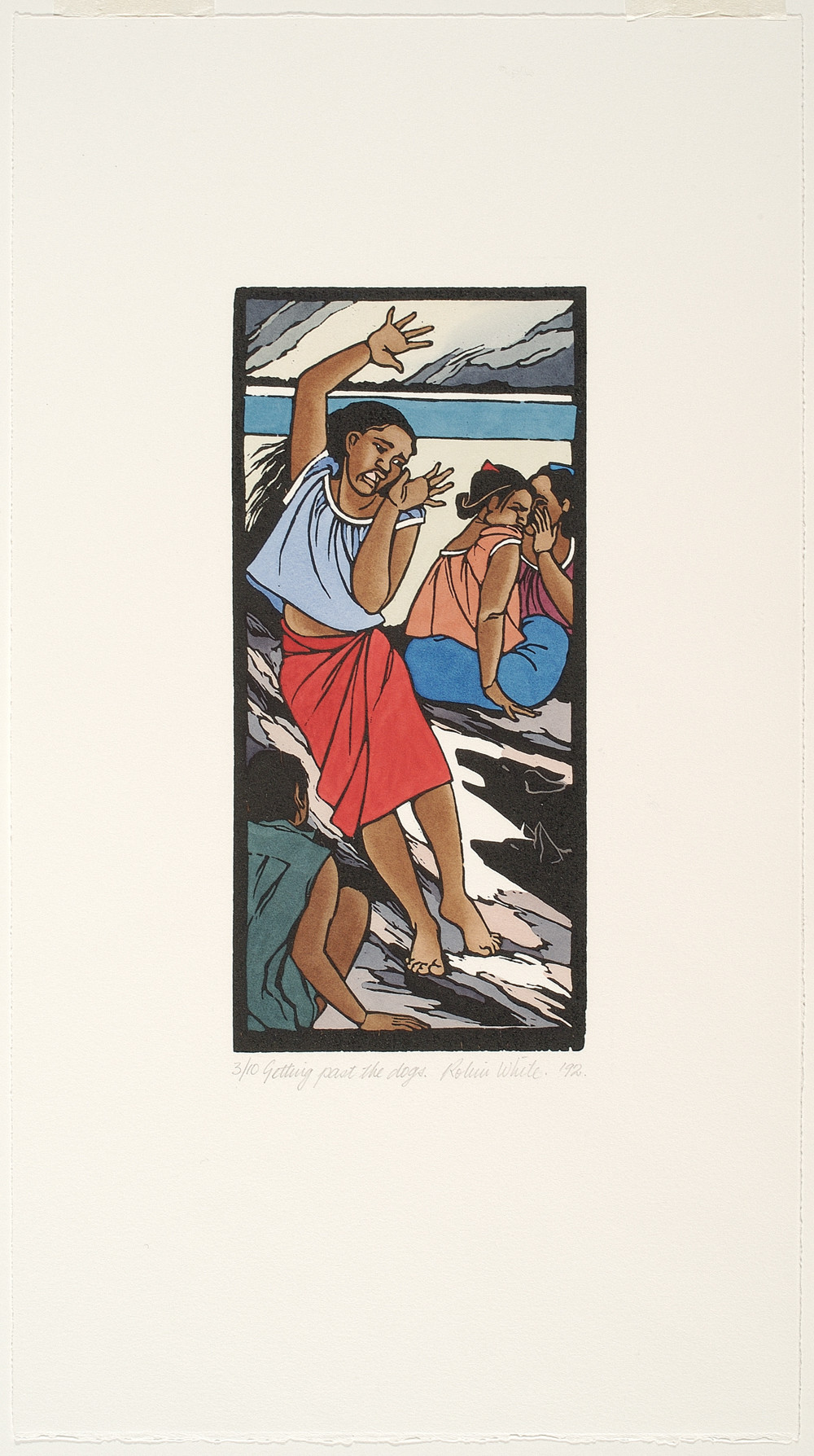
The Print Collection
If the question "what is the largest individual collection area numerically held by the Gallery?" was to be asked, the answer would have to be the Works on Paper collection, within which are 2145 original contemporary and historical prints, the earliest dating from the second half of the fifteenth century.
Notes
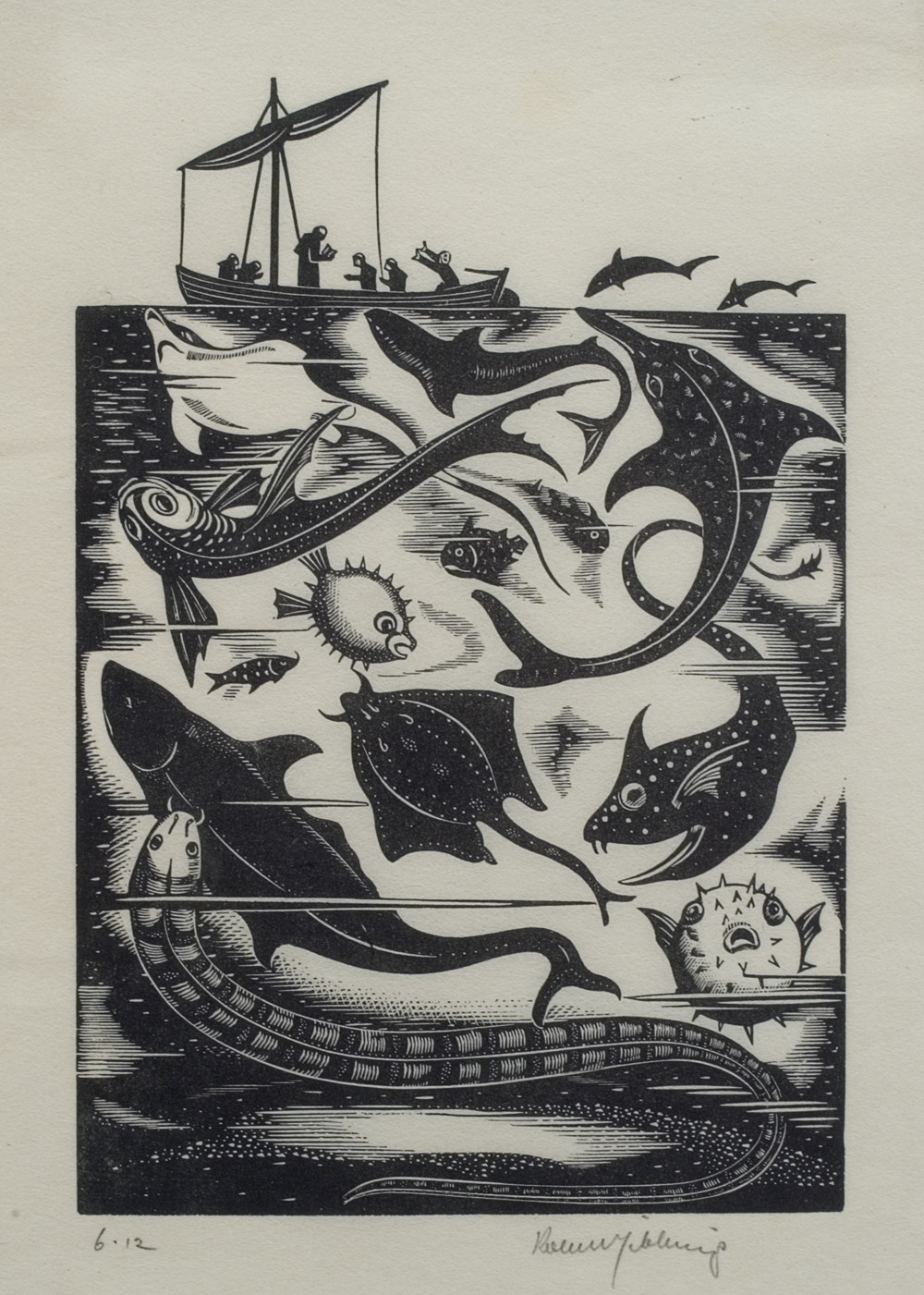
St Brendan and the Sea Monsters by Robert Gibbings
This article first appeared in The Press on 14 December 2005
At just 14 cm tall, the exquisite St Brendan and the Sea Monsters by Irish-born Robert Gibbings (1889-1958) is one of the smallest works in Christchurch Art Gallery's collection, but carries with it some of the largest tales. A rhythmic composition of swirling sea serpents, stingrays and sharks, this finely-crafted woodcut print tells the story of 6th century Irish explorer-monk St. Brendan, or Brendan the Navigator, whose recorded travels were an important part of medieval European folklore, and which continue to fascinate.
Article
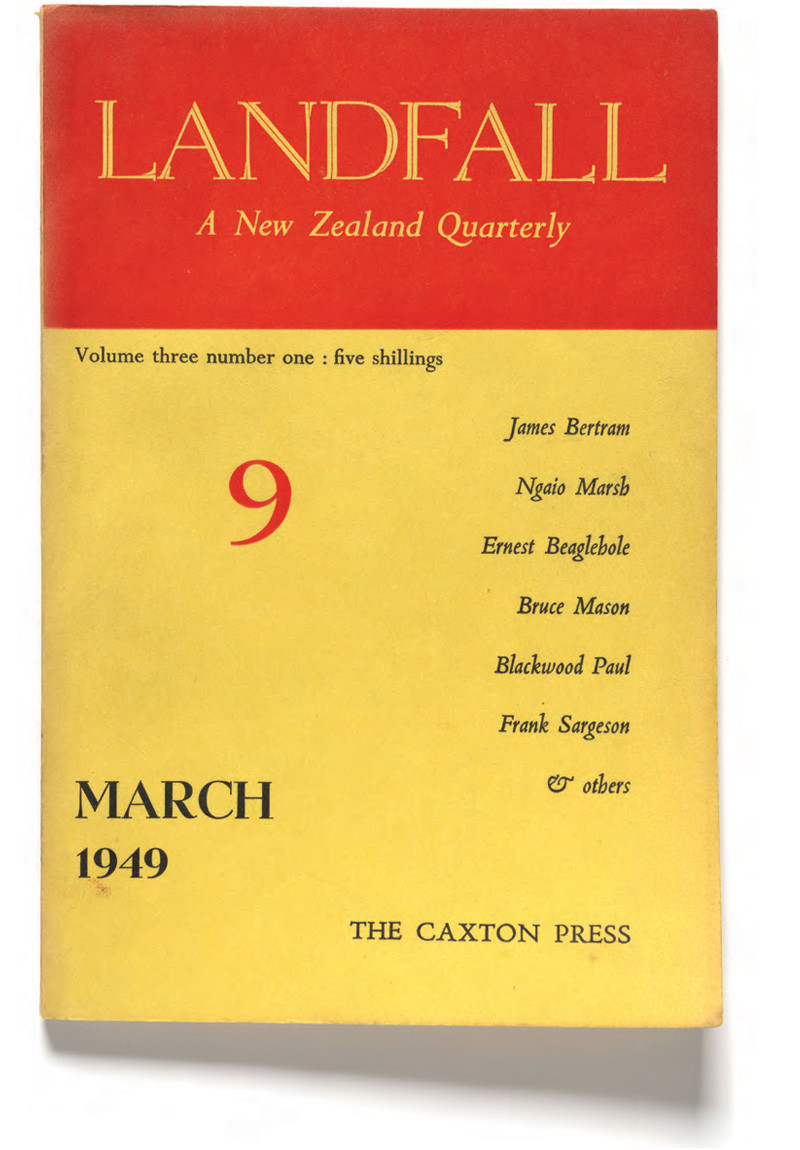
Tomorrow, Book, Caxton Press, Landfall
In the decades before and after the Second World War, Christchurch experienced a remarkable artistic efflorescence that encompassed the visual arts, literature, music, theatre and the publishing of books and journals. And the phenomenon was noticed beyond these islands. For instance, in his 1955 autobiography, English publisher and editor of Penguin New Writing and London Magazine, John Lehmann, wrote (with a measure of exaggeration, perhaps) that of all the world’s cities only Christchurch at that time acted ‘as a focus of creative literature of more than local significance’.
Collection
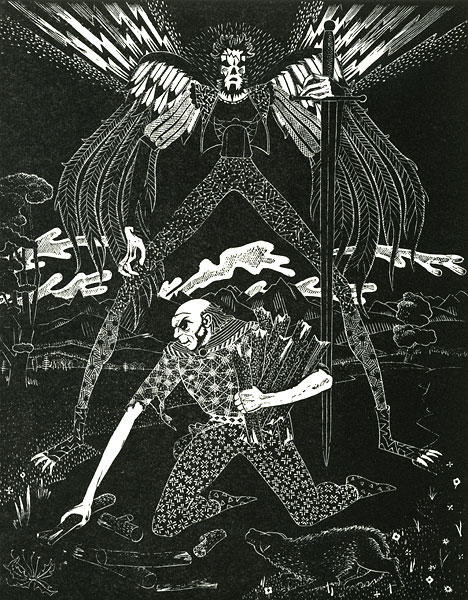
Leo Bensemann Death and the Woodcutter
Ōtautahi Christchurch printmaker Leo Bensemann excelled at wood-engraving, a medium that allowed him to fully utilise his skill as a draughtsperson and develop his interest in line and pattern. With its range of mark-making and use of patterns, Death and the Woodcutter is a stunning example of Leo’s ability in this most difficult of print mediums. This print also locates a European fable within the New Zealand landscape – the plain, foothills, mountains and nor’west cloud arches bring to mind the Waitaha Canterbury region. Although not a prolific printmaker, likely due to having to balance his work as an artist alongside his day job as a designer, printer and manager at the Caxton Press, Leo’s wood-engravings remain some of the most imaginative and skilled to have been produced in Aotearoa.
Ink on Paper: Aotearoa New Zealand Printmakers of the Modern Era, 11 February – 28 May 2023
Collection
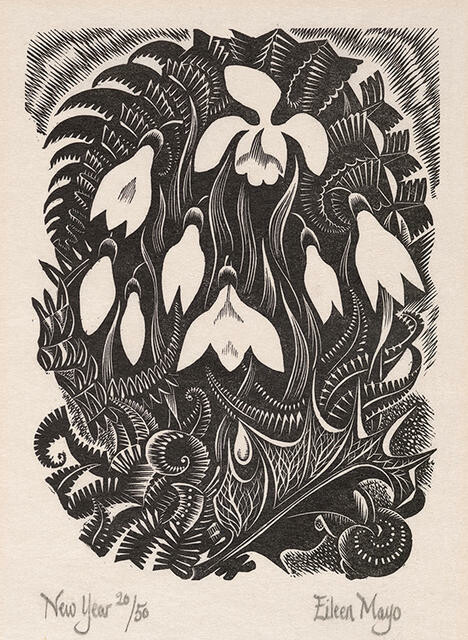
Eileen Mayo New Year
Nature was the predominant theme in Eileen Mayo’s work throughout her distinguished career as a printmaker, painter and designer. She wrote and illustrated numerous books on subjects as varied as seashells, birdsand cats, including her monumental book The Story of Living Things and Their Evolution (1948). She was fascinated with the variety of forms and shapes of plants, and her subject in this work reflects the year of the seasons, as opposed to the calendar year, that begins with the emergence of spring flowers such as these crocuses.
The Golden Age 18 December 2015 – 1 May 2016
Collection
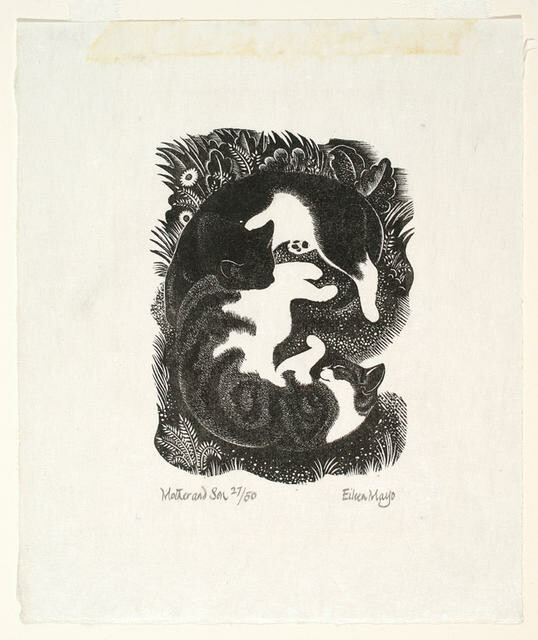
Eileen Mayo Mother and Son
Eileen Mayo has a special place in Christchurch’s art history, not only because of her extraordinary prints and illustrious career but also her tangible connections with this city. Mayo settled here in Christchurch in 1967, having established a career as a printmaker and designer in Britain and Australia. Her British contemporaries included Mabel Annesley and Clare Leighton, both of whom are included in this exhibition, and several works by these artists came into the Gallery's collection as part of a gift of British modernist prints by Redfern Gallery director Rex Nan Kivell.
Mayo adored cats. They were a constant source of companionship throughout her life and were regularly used as subjects in her art.
